Let’s go down the memory lane, for those that are uninitiated with computer hardware, with some of the best and worst products of the last 15 years.
What defines a good and/or a bad product?
Before we even get to listing them, we need to create a definition for what is a good and/or bad product.
PC parts have three major components that users should care about the most: Price, Performance and Price to Performance Ratio.
Price is simple, it’s how much it costs.
Performance isn’t as simple but can be simplified with this sentence: How fast the product is while doing a certain task.
The Price to Performance Ratio is when you try to find how one correlates with the other. It’s a little complex to figure it out, so let’s do a little experiment:
Product A costs $100 and is able to run programs at 25% speed.
Product B costs $1000 and is able to run programs at 100% speed.
Comparing A and B, you’d think that B is the better product because it can do 100% speed but we have to compare them to figure it out.
The ratio, which we can call ‘value proposition’ is the price divided by the performance, and lower the number the better.
In this case, A is a better product because it can reach a fraction of the speed costing relatively cheap. (100/25 = 4, 1000/100 = 10).
A would be a terrible product if it had a cost of something like $400 (400/25 = 16), because it would exceed the value proposition from B.
Now with that out of the way, let’s begin. I’ll be alternating between good and bad products.
Good (CPU): Intel Core 2nd Generation (Sandy Bridge) – 2011

Source: Wikipedia
The legendary Sandy Bridge architecture was one of the few things that Intel did that was beyond anything they done before within the last 15 years. Hard to imagine but this was when Intel pulled ahead of AMD and never looked back (until Ryzen). The top commercial product was the Intel Core i7-2600K, a 4 cores 8 threads CPU that still holds its own in 2025. It topped the charts and got a lot of Intel owners really happy.
Bad (CPU): AMD Bulldozer Family 15h – 2011
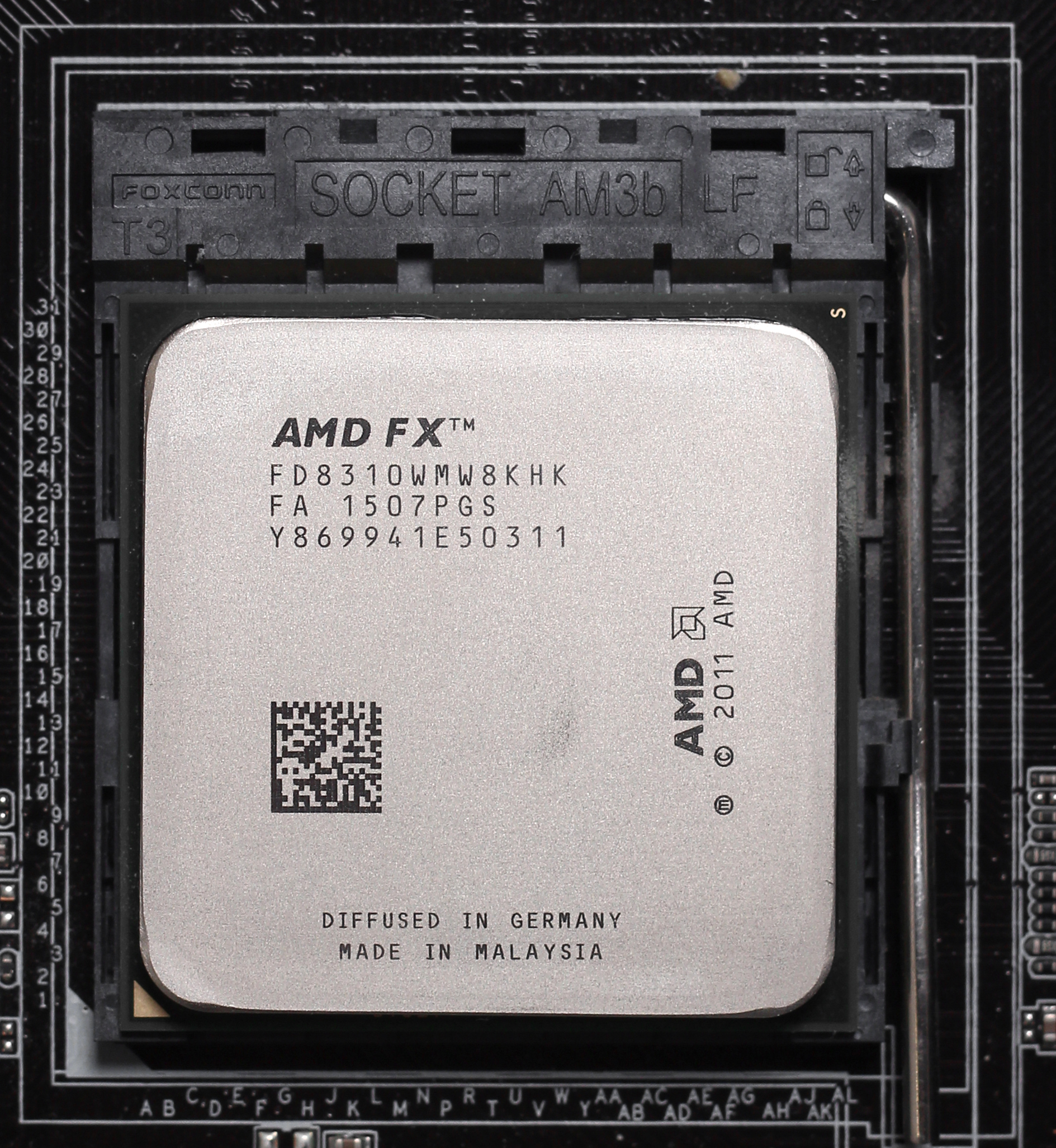
Source: Wikipedia
They say that kicking someone when they are down is not really nice, but if they kick themselves while they’re down, it’s fair game. The Bulldozer Family of CPUs (in the FX family) went down as the worstproduct that AMD had ever done, in its entire history. It was too weak to compete even in price. Although AMD did try to make it work with revisions and new families, plus fixes, it was still largely unimpressive.
But it did have two good things going for itself: One, it was stinky hot, quite literally a furnace, and could serve as a personal home heater. Two, it overclocked like a champ. Thanks AMD!
Good (CPU): Intel Core 4th Generation (Haswell) – 2013
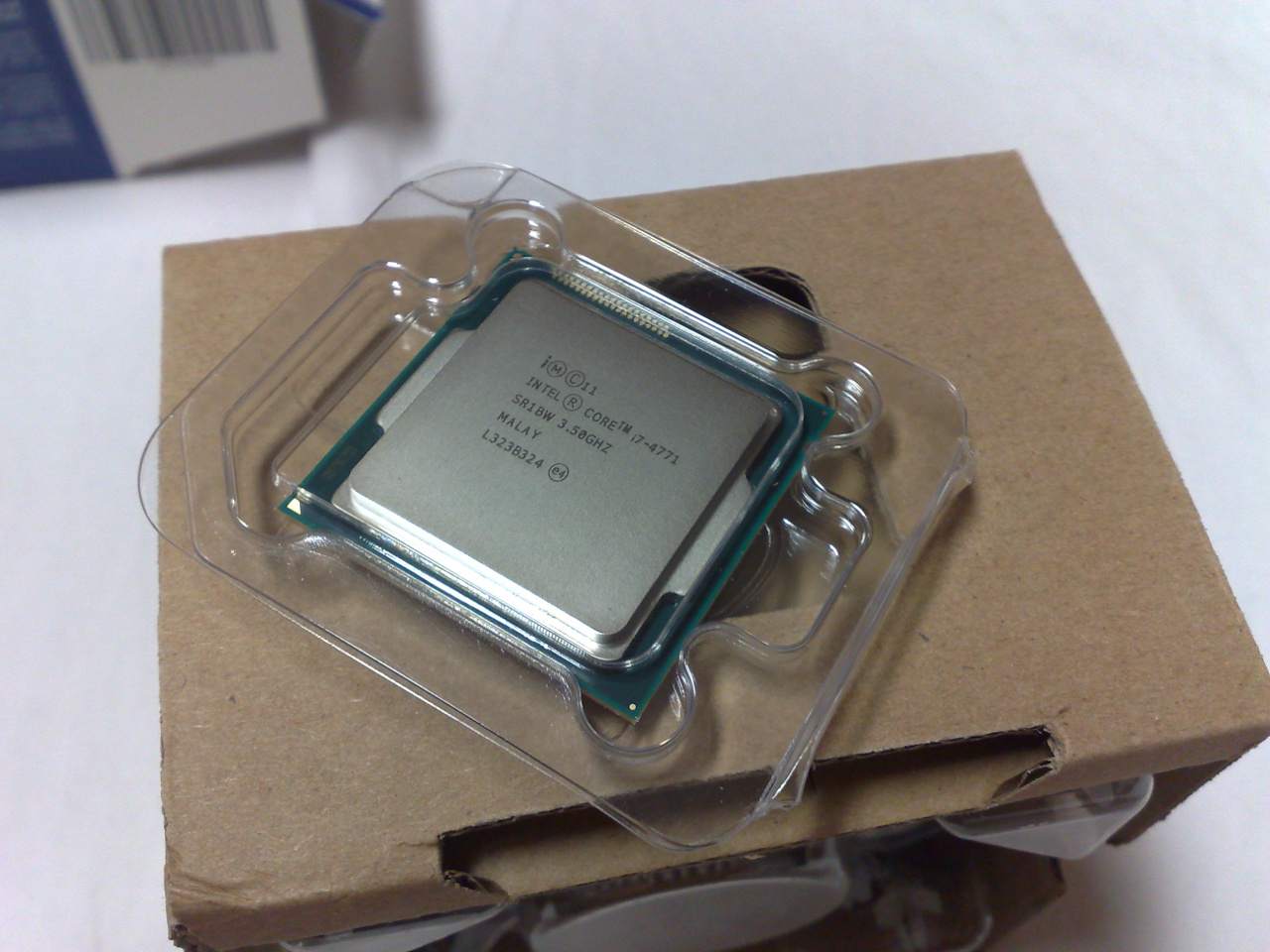
Source: Wikipedia
To further increase the lead, the Haswell architecture came out swinging and pushed AMD FX CPUs down the charts even further. A further refined version of Ivy Bridge, Haswell extended the lead and caused Intel to do victory laps around the AMD offerings at the time.
The Intel node and architectural problems would begin after Haswell, but like Sandy Bridge, it still holds its own today.
Bad (GPU): Nvidia Geforce 400 series (Fermi) – 2010

Source: Wikipedia
Let’s alternate to GPUs to talk about one of the worst releases out there.
It was hot, it was loud, it was angry. The first version of Fermi in the Geforce 400 series was memed hell and back, and is largely considered bad because of those issues. Nvidia had to put it back on the oven, ironically, and release the 500 series in the same year, with improvements. But the damage was already done and everyone remembers it as a furnace.
Now pair it with an AMD FX CPU and you’d have a PC that doubles as an oven…
Good (GPU): AMD Radeon HD 7000 series – 2012
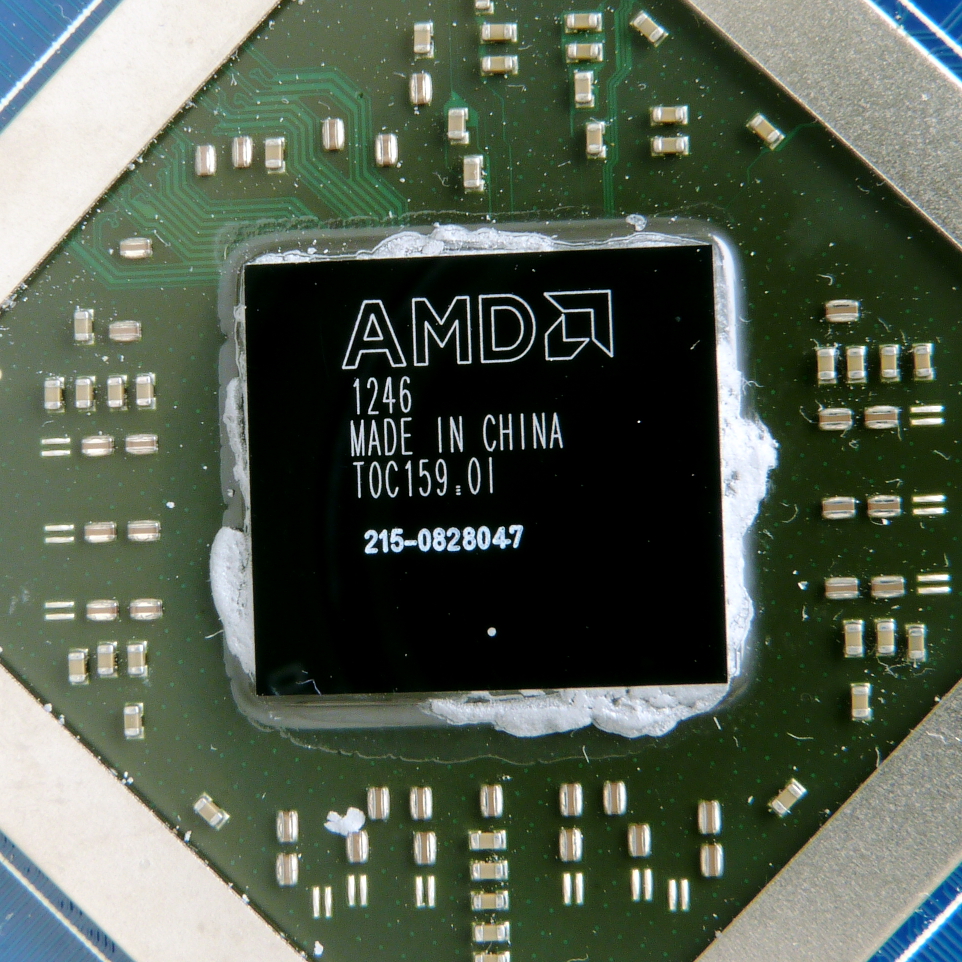
Source: Wikipedia
Since AMD bought ATi, things were a little confusing but they were able to find their footing with the HD 7000 series. How much more legendary you have to be when you’re the AMD Radeon HD 7970 GHz Edition, a GPU that could come with 6GB of VRAM?! In 2012?! Wild.
Bad (CPU): Intel Core 6th~10th Generation (Skylake) – 2015~2019
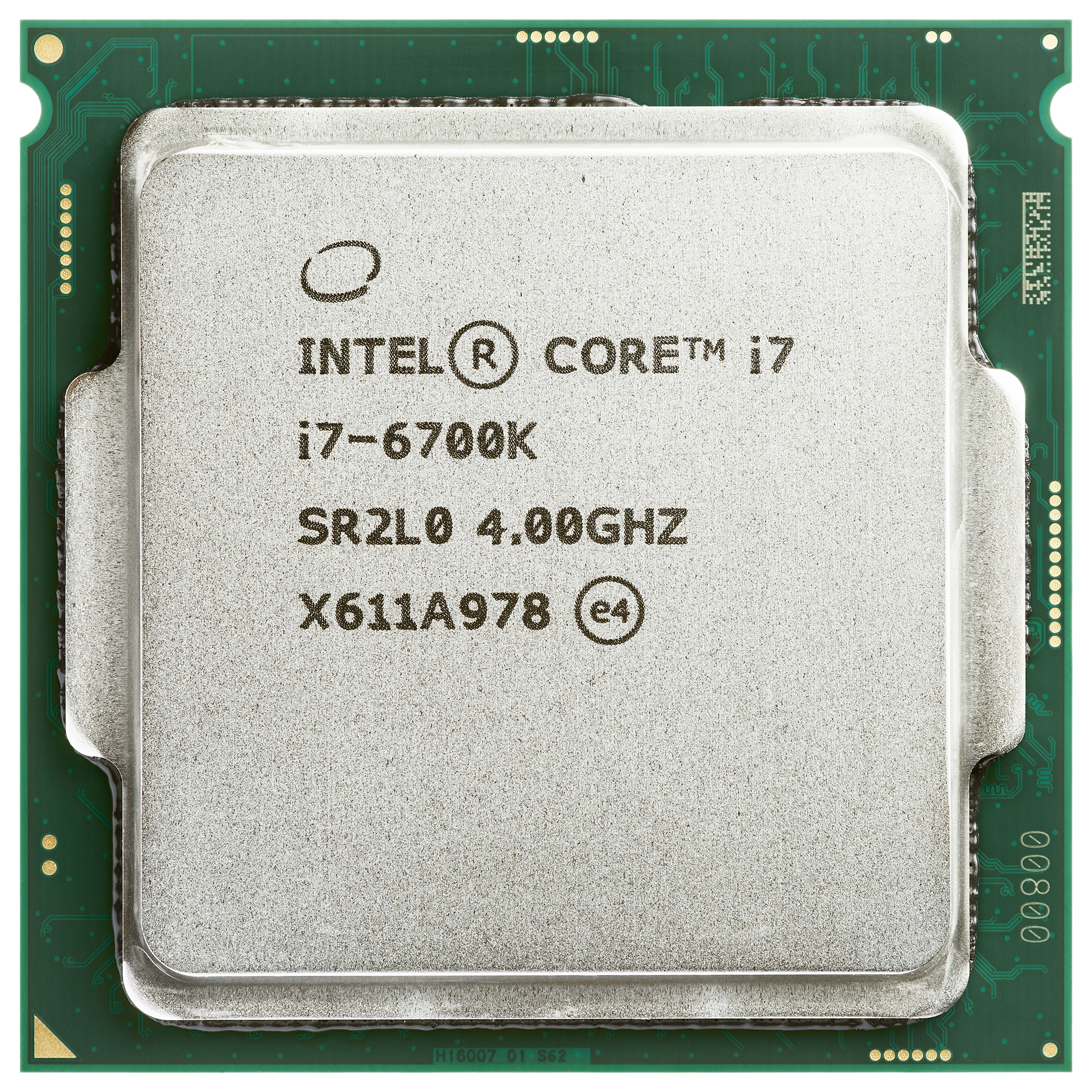
Source: ???
Let me go on a whim and say that Skylake wasn’t truly bad, it was fairly decent. What was bad was Intel’s handling of it. The architecture was respun and refreshed multiple times between 2015 and 2019. That’s insane! A single architecture with only minor improvements, and a tiny IPC uplift each time. Here’s the entire lineup, so I don’t have to do a massive lineup write-up.
- 6th Gen: Skylake, topping out with the i7-6700K: Not a bad cpu, it improved over Haswell.
- Conclusion: Good.
- 7th Gen: Kaby Lake (Skylake refreshed), topping out with the i7-7700K: A literal respin of the 6700K, being 0% faster.
- Conclusion: Bad.
- 8th Gen: Coffee Lake (Kaby Lake refreshed), topping out with the i7-8700K: The major improvement to the 8700K was that it had 6 cores instead of 4.
- Conclusion: Only the 8700K was worth getting, since Intel also had the i3-8350K, a DUAL core CPU with an unlocked multiplier for overclocking… that didn’t work in cheaper boards, defeating the purpose of said unlocked multiplier.
- 9th Gen: Coffee Lake Refresh (self-explanatory), topping out with i9-9900KS: Major improvements now with 8 cores on the top CPU, and while being a furnace, it was thegaming CPU to get. Even better was the KS version, which was even hotter. AND it could go to 5.0GHz.
- Conclusion: Only the 9900K/KS was worth it, the rest was pretty okay-ish at best.
- 10th Gen: Comet Lake (Coffee Lake refreshed), topping out with the i9-10900K: Another 2 cores added to the high end CPU, and finally proper HT in the other CPUs down the stack.
- Conclusion: Rather good.
Good (CPU): AMD Ryzen 1000 Series – 2017

Source: WCCFTech
After several years of being on a slump, AMD created a new architecture, a clean slate from the bad after-mouth taste of Bulldozer and its variants. It was very capable, and relatively cheap, finally getting 8 cores to the end-user without having to spend a fortune. It also had DDR4 support (finally), meaning no more reliance on DDR3. While the first generation wasn’t the best, it was market disruptive and caused Intel to scramble quickly to respond.
Bad (CPU): Intel Core 11th Generation (Rocket Lake) – 2021

Source: ???
Intel was having problems with its fabs due to internal issues and with the pressure coming from AMD’s Ryzen, and something had to be done. But unfortunately, whoever was doing decision making for Intel at that time had no clue of what they were about to do. To make sure you understand what happened, I’ll need to explain.
Intel has a commitment to make parts every year for OEMs and the next generation time limit was approaching. With that in mind, they created the Sunny Cove architecture (in 2019) for mobile (read: notebooks), codenamed Ice Lake, for that market. From here, Intel created two variants: A proper successor to it called Willow Cove, that would be used on mobile devices (read again: notebooks) called Tiger Lake and a backport to an older node to supply the desktop market called Cypress Cove, which would get the codename of Rocket Lake. Confusing, right?
What isn’t confusing is the fact that it had several regressions in comparison to the 10th Generation CPUs, including gaming performance and even core count. Worse still, Intel charged the same price for it as they did the 10th Gen CPUs the year prior, meaning it was also poor value. It was an one-off that most people, including Intel, would be happier if it never existed.
Good (CPU): AMD Ryzen 5000 Series (Including X3D parts) – 2020/2022
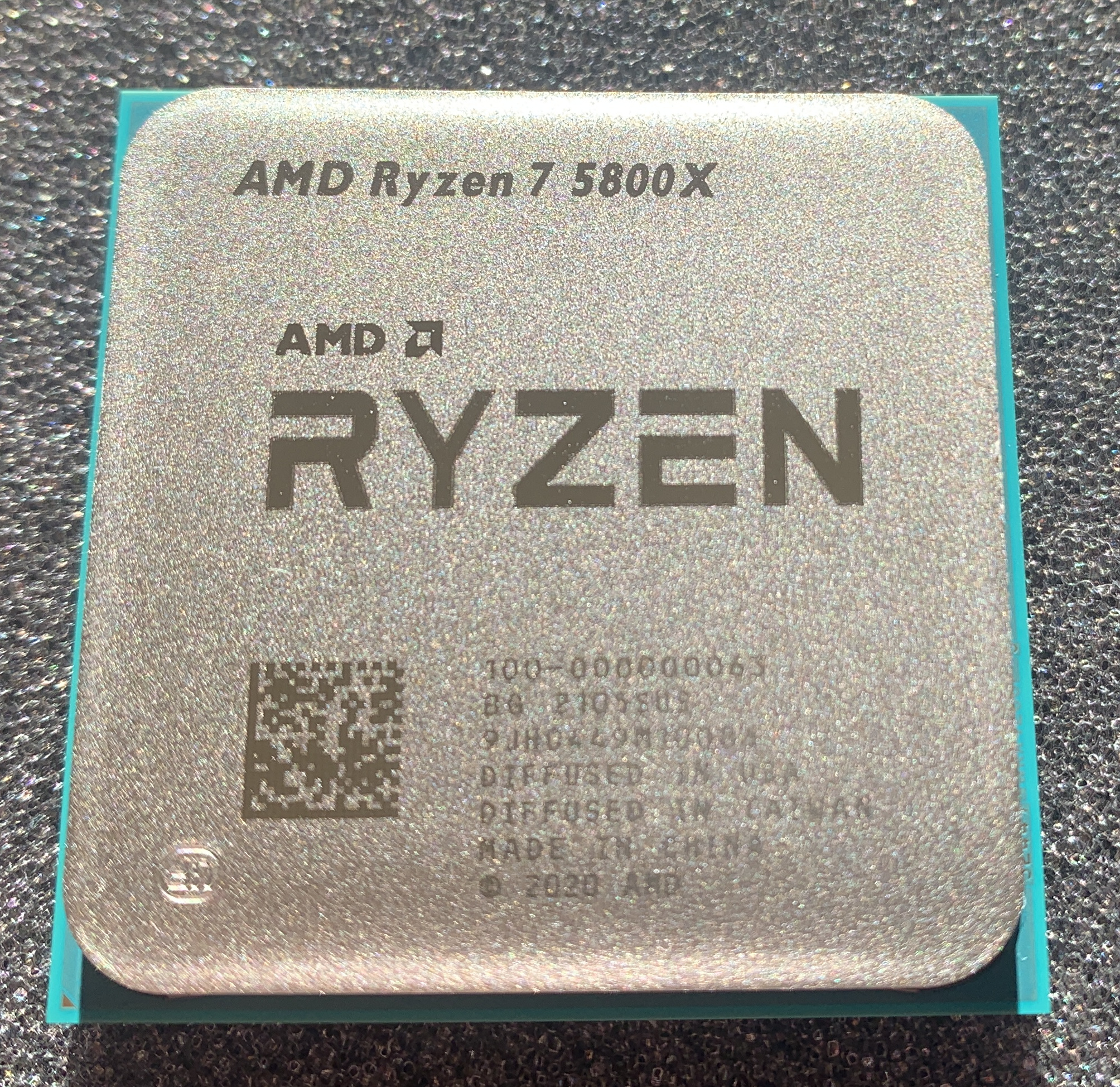
Source: ???
The Ryzen 5000 series was when AMD had finally caught to Intel in both price and performance. The first 3 releases (1000, 2000 and 3000) were all about the price, which made sense, as AMD was starting to improve the CPUs and move into different nodes, allowing them to catch up. But with the 5000 series, AMD was able to match Intel mostly 1:1 meaning that they had more cores and better pricing because of that to match. And even better, the new architecture, Zen 3, was 19% better than the previous one, found in the 3000 series. A serious jump in performance that had to be seen to be believed.
2 years later, AMD created what would be the best technology bit in years: 3D Stacked L3 Cache, named ‘3D V-Cache’. This would allow ~15% more gaming performance and in 2022, AMD released the very much first time concept AMD Ryzen 5800X3D to universal acclaim, and X3D variants have been very expected parts since.
Bad (GPU): AMD Radeon RX Vega 64/56 – 2017
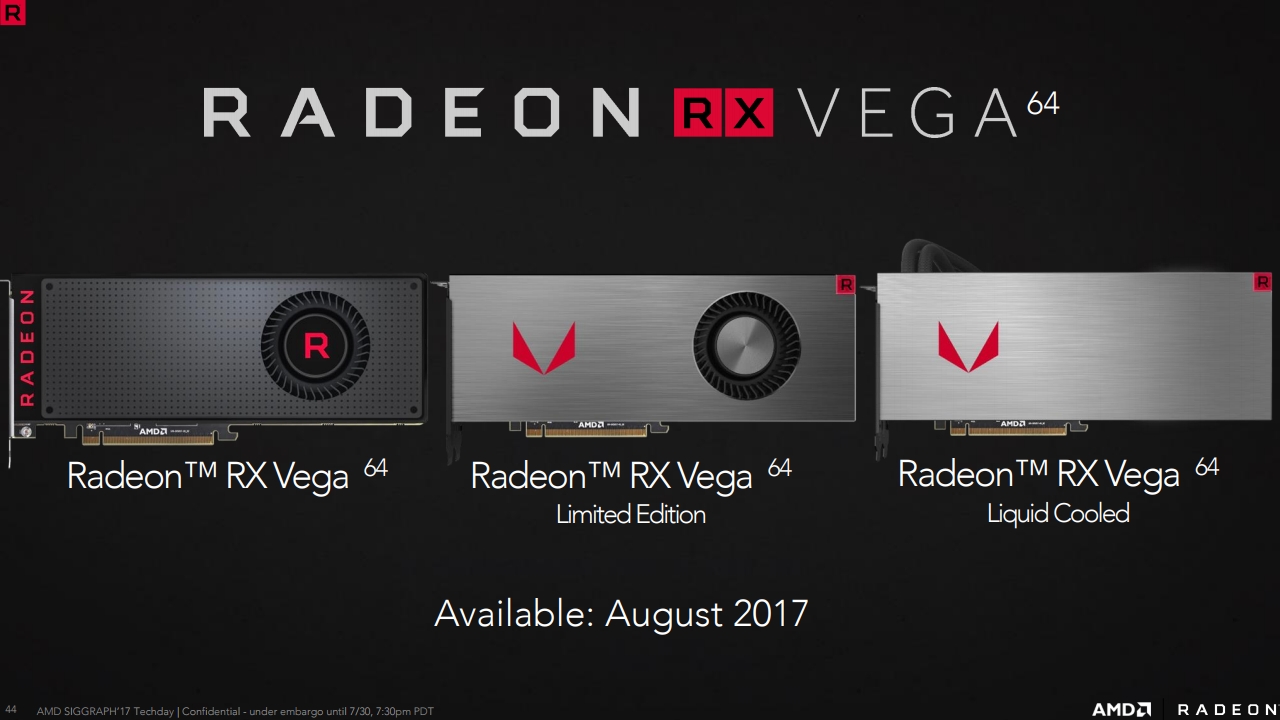
Source: AMD
To counterpoint themselves, AMD also made one of its biggest overhyped blunders: The Vega family of GPUs. Vega on itself is quite progressive and it isn’t bad. But AMD overhyped it and undersold it to the masses on desktop, meaning that it was largely overshadows by other archs, including the direct competition, the GTX 10 series. The fact that you could buy a Vega 56 and overclock it to reach similar performance to a Vega 64 didn’t help matters. And of course, in modern AMD GPU marketing fashion, only these two models existed on Desktop. If they did a Vega 48 or even Vega 32 for the low end, they would sell quickly, because Vega doesn’t scale well up but scales down impressively. A shame.
Good (GPU): Nvidia Geforce GTX 10 series – 2016
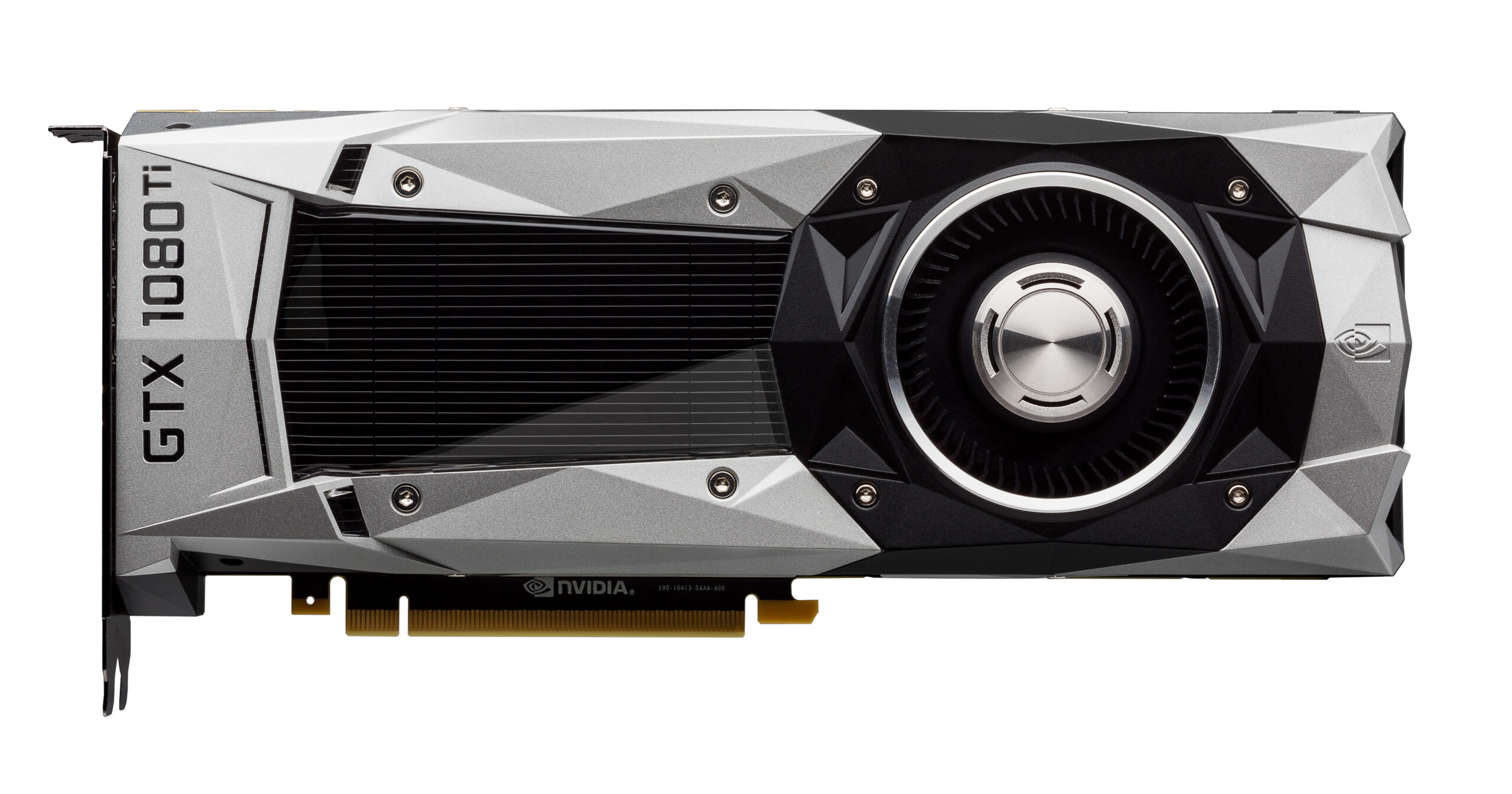
Source: Wikipedia
Speaking of the GTX 10 series, Nvidia made it one of the most impressive GPU generations. The top end only came out a year after with the (still impressive) GTX 1080Ti, but overall, the Pascal architecture was both on a node shrink and optimization process, being about 55% better than the previous GTX 900 series. A huge jump that allowed people that bought GTX 1060 (250 USD) to have the same performance as a 980Ti (650 USD). Insane.
Bad (GPU): Nvidia Geforce RTX 20 series – 2018
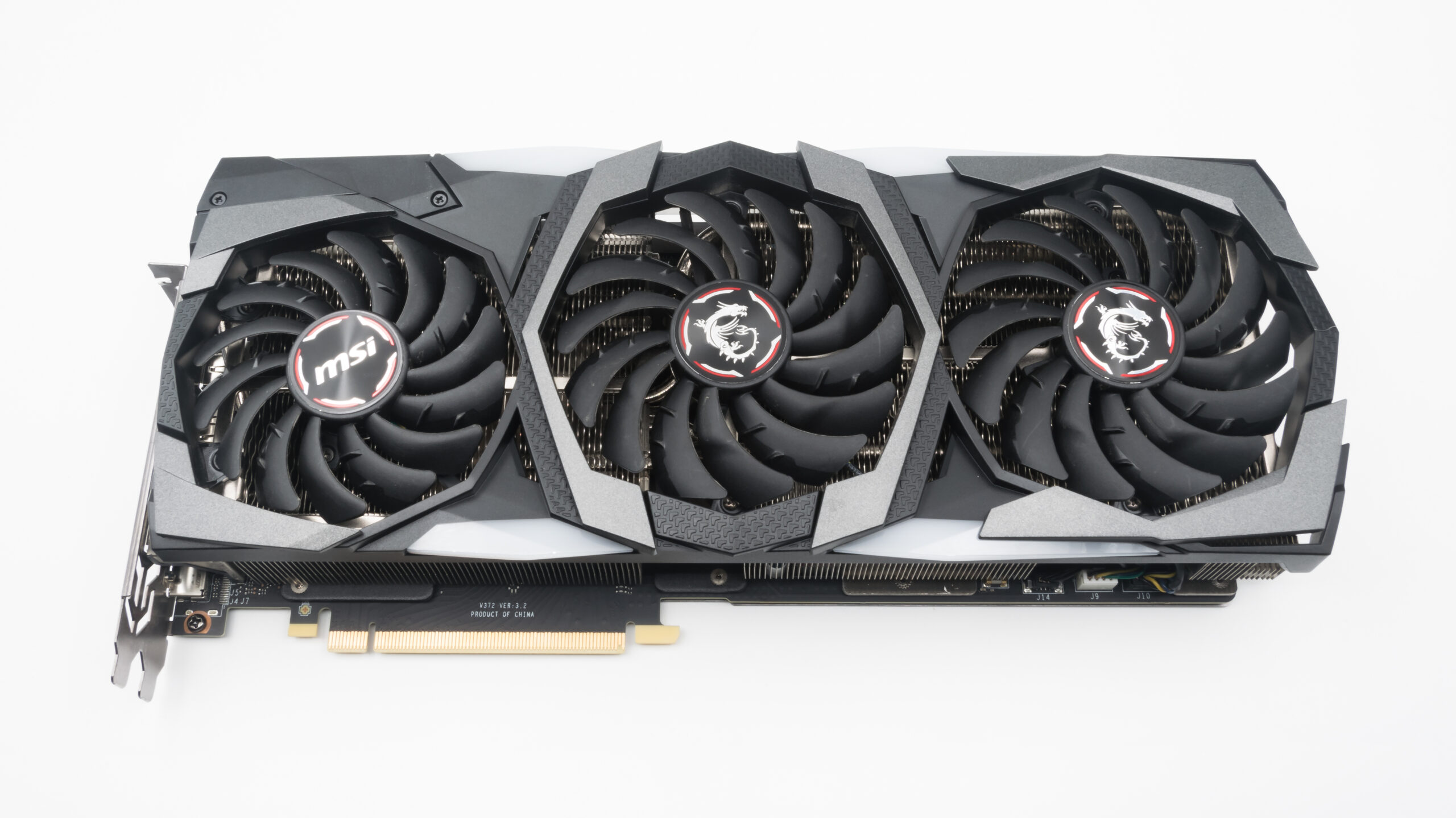
Source: Wikipedia
Nvidia giveth and taketh, of course. There are many discussions about poor value but no one has to look further than the RTX 20 series. No node shrink and the addition of “new” features to pump its value up didn’t help the price not stink to high heavens. The top GPU, the RTX 2080Ti, was 1.200 USD, meaning that the stack down was heavily affected. It didn’t help that the launch products were all overwhelmingly… underwhelming. A 10% bump for the same price as 2 years prior wasn’t what people expected on the high end. Not even a VRAM increase.
This is where the raytracing meme started and the very poor quality DLSS1 came out, which has improved over the years, thankfully.
Good (GPU): AMD Radeon RX 6000 series (RDNA2) – 2020
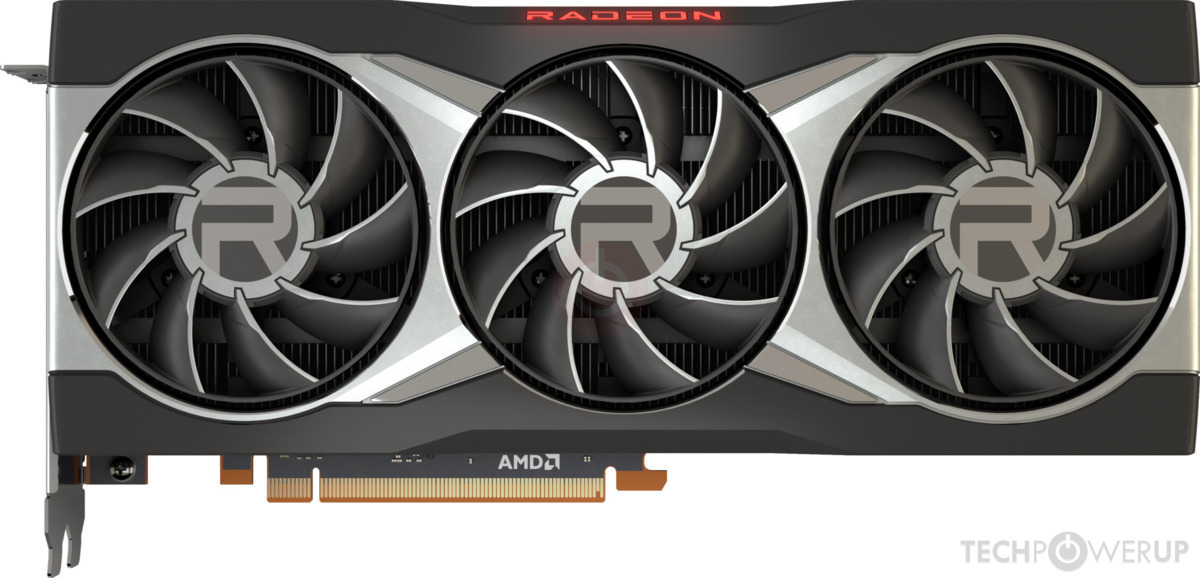
Source: TechPowerUp
Now to say something good about AMD, whenever they want to compete, they prove they can compete fairly. Big Navi as it was nicknamed took a bit to arrive and once it did, it remain competitive, even on lower models and still remains a good option for budget builds which is very impressive.
The RDNA2-based RX 6000 series is still on sale to this day and you can find some really impressive GPUs. AMD was even able to compete against most of the Nvidia GPUs, with a particular standout being the Radeon RX 6800XT being neck-to-neck against the GeForce RTX 3080.
Bad (GPU): AMD Radeon RX 6500 XT – 2022
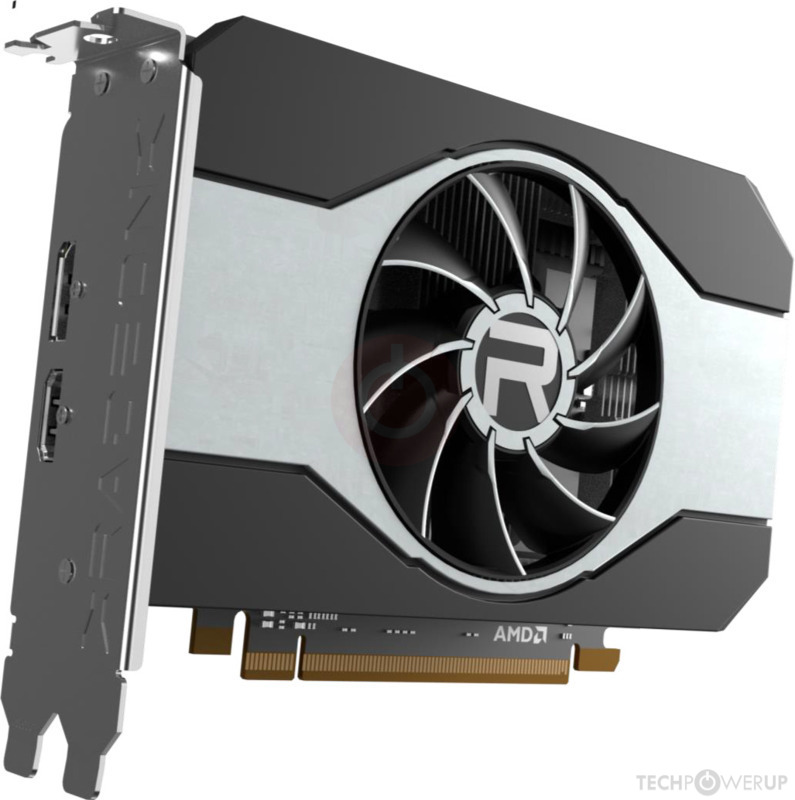
Source: TechPowerUp
However, there was ONE product in the stack that stinks to high hell, and that is the Radeon RX 6500 XT. A backport of a mobile GPU (the RX 6500M), the 6500XT had only a PCIe4 x4 interface and only a 64-bit memory bus, meaning it’s severally limited in bandwidth. But what kills it is the price, which is just atrocious: 199 USD for the 4GB VRAM version and 219 USD for the 8GB VRAM version. Similar performant cards like the RX 580 and GTX 1060 were much cheaper on the used market making the 6500 XT essentially a poor choice to be acquired.
Also no AV1 or H.264/5 encode support. Yikes.
Before you ask ‘why is the RX 6400 not in this list?’, I’ll say this: Despite being a downclocked version of the 6500 XT, it has a major advantage that no other low end GPU in the market today has: It has no external power connector. That alone makes the RX 6400 a product worth buying, even if it sucks and lacks a bunch of features.
Good (GPU): Nvidia GeForce RTX 4090 – 2022

Source: Wikipedia
Yes, it’s unfortunate that I have to call a 1.600 USD product good, but that is the case.
Unlike the vast majority of the RTX 40 series, the RTX 4090 is actually very good, because it had a performance increase near 60% while costing 7% more than the its predecessor, the RTX 3090. And if you compare to the RTX 3090Ti, it’s actually a price reduction, making one of the best generation uplifts that Nvidia had done. Shame that the rest of the stack was not as impressive.
Bad (CPU): Intel Core Ultra 200S – 2024

Source: Wikipedia
Oh dear.
That’s all I can start saying about the new Core Ultra 200S Desktop lineup of CPUs. After years of refreshes (once again) with Alder Lake (then Raptor Lake, a refresh, and Raptor Lake Refresh, a refresh of that), it was time for a new architecture. Now using a node from TSMC, Intel released a whole collection of CPUs for mobile devices and desktop. But the desktop ones, codenamed 200S, are the least impressive ones in a long time. Another set of performance regressions, making it even more of a poor value in comparison to both the competition and previous CPUs from Intel as well. But hey, at least it has better power consumption, so that’s a bonus, I guess?
Good (CPU): AMD Ryzen 7 9800X3D – 2024
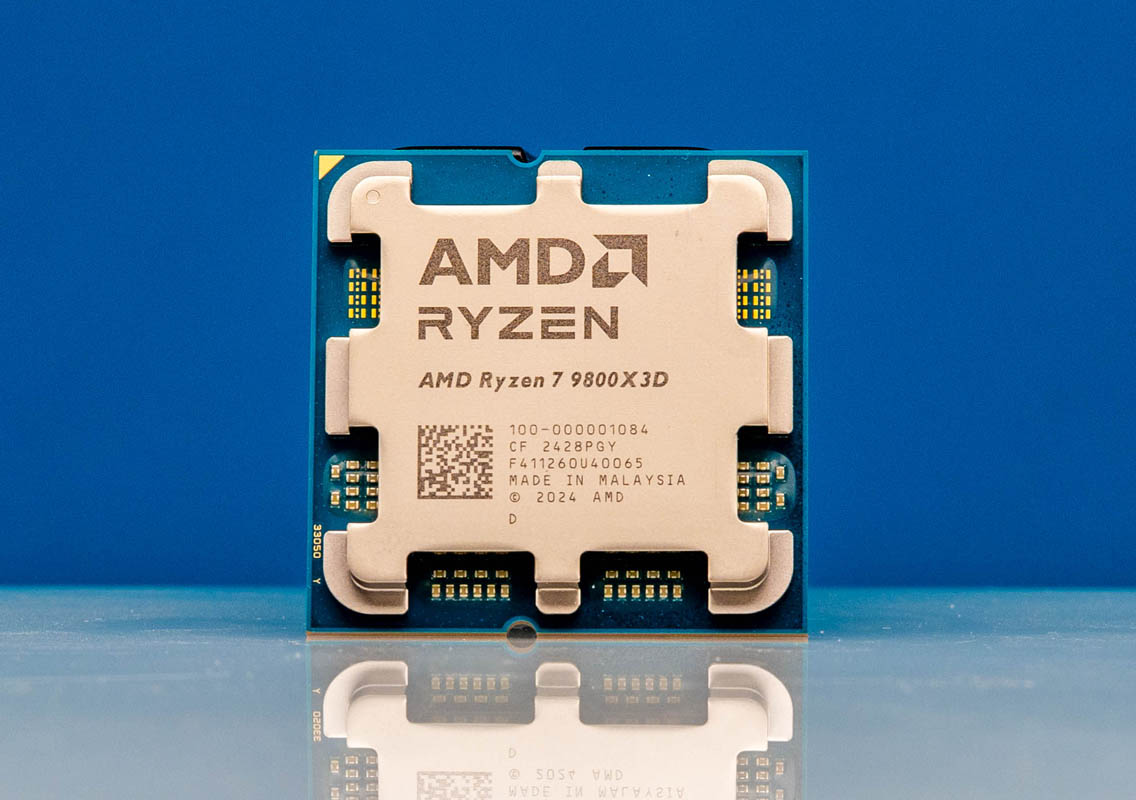
Source: ServeTheHome
After what I believe to be a terrible marketing campaign (as usual) from AMD, they had to do something to improve their relations with the market. Zen 5/Ryzen 9000 was considered a bit of a flop which meant that people were hesitant to buy it. And seeing that Intel was gonna compete (but they didn’t, see above), AMD opened the warchest and made thecurrent best gaming CPU on the market, the Ryzen 7 9800X3D. Boosting performance over 10% against the previous X3D part, the Ryzen 7 7800X3D, it’s essentially AMD’s victory lap against Intel’s lineup. If you play games on PC, look no further and pay attention to this one.
Bad (GPU): Nvidia Geforce RTX 50 series – 2025
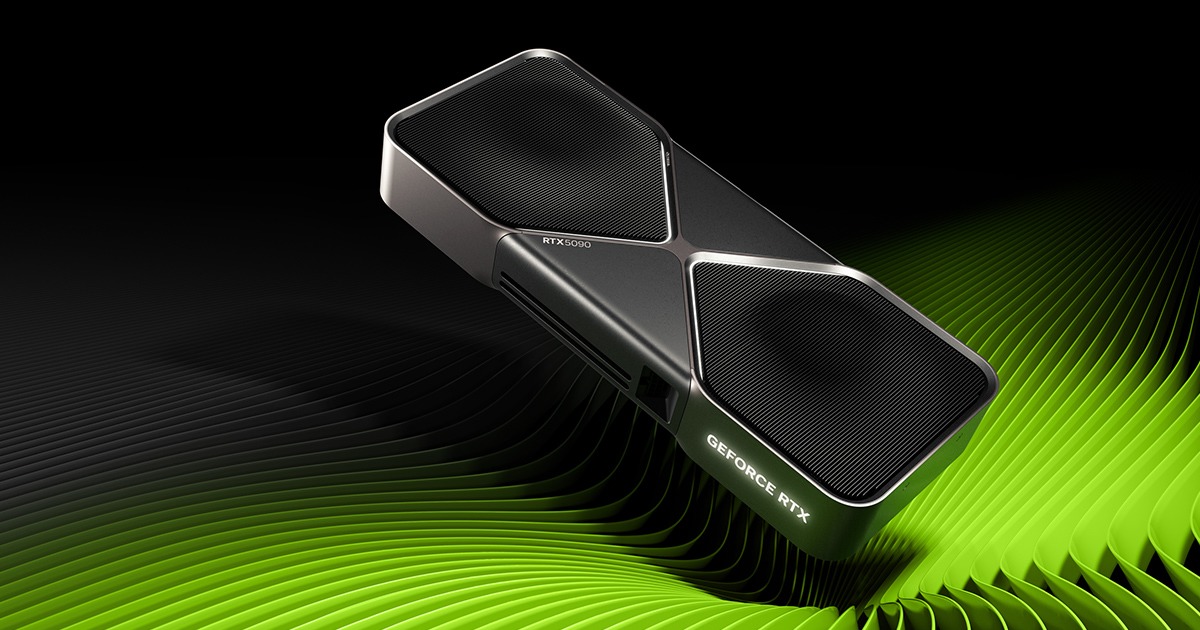
Source: Nvidia
What a blunder this generation is.
The RTX 50 lineup is essentially the RTX 20 lineup, remastered and upscaled for those that had issues viewing them from a distance. Overwhelmingly underwhelming performance, incredibly high prices, lots of deceit from Nvidia, and almost no generational improvements. But what made it even worse is that despite the high prices, they were also fake! MSRP isn’t respected and it’s impossible to find cards at the base, starting prices.
Yes, the RTX 5090 is 30% faster! But it also consumes 27% more power and costs 27% more money. Meaning… It’s worthless to say it’s faster, because you could just overclock the RTX 4090 and get about the same level of performance and power consumption bump. Absolutely not good. Oh and it’s over 3k USD.
The RTX 5080 is even worse, because it didn’t get any VRAM increase and only increases performance by 10% against the 4080 Super, which is very similar to the 10% difference between the RTX 2080 and GTX 1080, back then. Expect to pay at least 30 to 40% for it too.
The RTX 5070 Ti and RTX 5070 are also very underwhelming, to the point that it makes no sense to get them. While there is some performance to gain, only being slightly better than the previous makes these cards useless. Oh and over 150 USD on top of its pricing makes the RTX 4080 a better choice, somehow.
As I like to say to others, a ‘dud gen’.
Good (GPU): AMD Radeon RX 500 Series – 2017
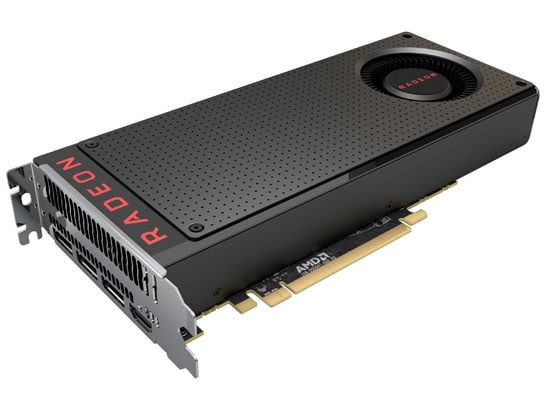
Source: AMD
Let’s not end on a bad note, instead, let’s talk about the Radeon RX 500 series, which is a rebadged RX 400 series but on a better node process, allowing higher clocks.
This now legendary GPU lineup was not well accepted at first, with Raja Koduri when he was at AMD overhyping the GPU. “Two 580s could beat one GTX 1080”, yeah right. But because Nvidia was gonna compete on this segment, prices plummeted and people were able to buy them and figure out they were pretty good, despite higher power consumption.
Oh and you could buy both the RX 570 and RX 580 with 8GB of VRAM.
Maybe a better time, maybe not
I’m pretty sure there’s more good and terrible releases, but I wanted to list some of them for the sake of history, because if we don’t remember it, we’re doomed to repeat it.
Also this is quite the nostalgic trip, but it showed that things weren’t better back then, they were just as stupid and confusing.